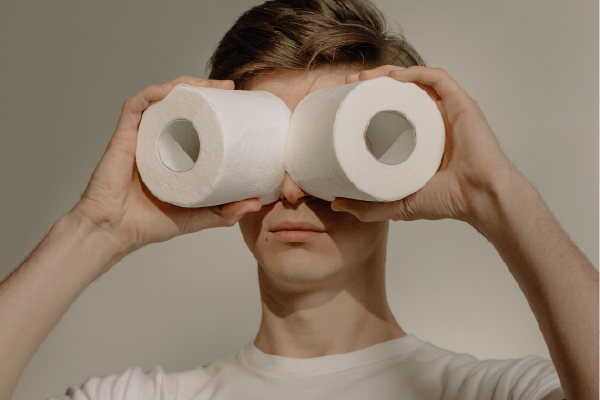(Originally posted on 12/9/14)
The change in the season means many different things to different people. When the season changes from autumn to winter (at least in regions where there is distinct variation between seasons), some people are excited about the holidays, winter fashion, and outdoor winter activities (think of your friendly neighborhood skiers, snowboarders, Santa impersonators). For others, the change in season is met with dread (lower amounts of energy, mood fluctuations, pessimism). While many people are negatively impacted by the colder seasons, there is a percentage of individuals who are affected to a significant degree, those who meet the criteria for Seasonal Affective Disorder (SAD). SAD occurs when the change of season produces depressed mood, low energy, irritability, change in sleep patterns, change in appetite, diminished concentration, and low motivation.
Whether you experience SAD or a milder version of low mood and energy in the winter time, it is important to address it early as opposed to just “riding it out” until the spring. There are several factors that are thought to contribute to SAD. The most common is the decreased amount of daylight. With the sun setting earlier and rising later, more of our waking hours are spent in darkness. Often coupled with cold temperatures and avoiding spending time outside, the decreased contact with sunlight can lower our levels of Serotonin (a neurotransmitter in the brain that influences your mood) and impact our circadian rhythms (our internal clock that helps regulate our sleep). And as anyone who has experienced sleep deprivation can tell you, getting poor sleep can impact our functioning in so many crucial ways (energy, concentration, memory, thinking, mood).
If you are experiencing negative effects of the change in seasons, there are some practical steps you can take to address it.
– To the best of your ability, try to get some sunlight each day (even if it is only for a few minutes)
– Vitamin D (one of the benefits of sunlight) can be found in supplements (vitamins, cod liver oil, etc.), food (fatty fish, certain vegetables, fortified cereals, etc.), drinks (fortified milk, certain juices, etc.), and ultraviolet lights.
– Ultraviolet lights are used in Light Therapy, this is when a person buys a special lamp for their home or office (these lights carry the same risks as sunlight and should be discussed with a doctor for recommended use).
– Medications can sometimes be helpful to address depression or mood fluctuations
– Talk therapy is a helpful resource to process your experience, learn coping skills, get support, and identify ways you can improve your experience.
– Plan to do more positive activities so that you have things to look forward to, so you get more physical exercise (which helps with mood and sleep), and so you can identify creative things to do in the colder months.
– Traditions are not just for the holidays. Making new enjoyable traditions for the colder months can help alter a negative association with the winter/cold months and start to positively impact your mood by associating this time of year with positive expectations.
The bottom line is to be aware of how the changes in seasons impact you, act quickly to address them when you notice changes in yourself, and seek support from others. The winter months do not have to be your favorite months of the year, but they don’t have to be awful either. Call LCL now to talk with a clinician about ways to improve your experience during the winter months.
Shawn Healy, Ph.D.



